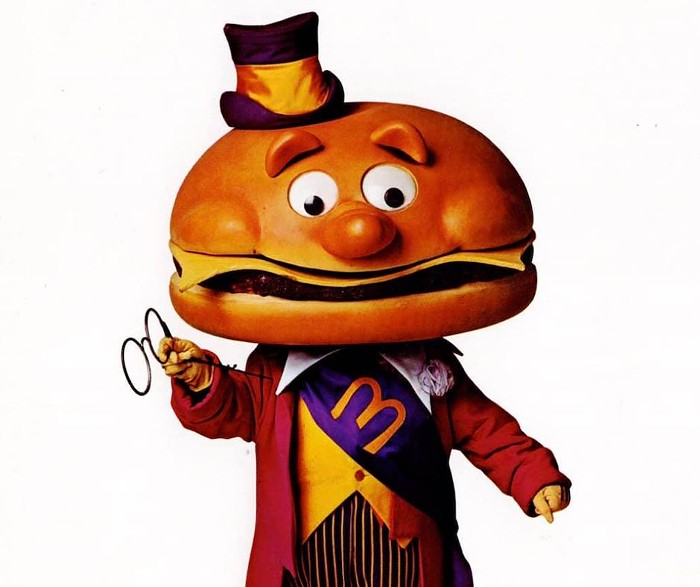Dori Hadar describes himself as a "criminal investigator by day and DJ by night." But even years spent sifting through dusty bins for the ultimate B-side and sniffing out convicts could prepare him for the treasure he found on a cold December morning at a Washington, DC flea market.
Hadar came across a box with an enormous collection of records by a character called Mingering Mike. "By 1977, when he bowed out of the music scene," writes Hadar, "[Mingering Mike] had released over 50 LPs and at least as many hit 45s." The scope and magnitude of this entirely unknown figure's career was stunning.
It was also entirely made up. The "albums" in the box were hand-painted, and the "records" inside were made of cardboard, complete with vinyl grooves etched on with glossy paint.
"His name was Mingering Mike. And in his imagination, he was unrivaled," writes Hadar in the opening chapter to his new book, Mingering Mike: The Amazing Career of an Imaginary Soul Superstar. After posting some of the fake album covers on an online forum for record diggers, Hadar suddenly found himself talking to the New York Times, the Washington Post, and other major media outlets. The next star of the outsider art world had been born.
Mingering Mike has been designed in a coffee table format, with more than 150 pages of full-color prints. It's hard to call them beautiful: The numerous paintings of Mike and his fellow musicians in action are expressive, but crude and two-dimensional. Still, it's impossible to deny their exuberant spirit. Covers depict memorable images like a downtrodden GI reading the help wanted pages, and what appears to be a spontaneous concert breaking out in the middle of a laundromat. Song titles and lyrics channel a personality that was anti-war, anti-drugs, and in possession of an encyclopedic knowledge of popular music.
"[Mingering Mike's] visual achievement came out of an elaborately imagined career as a popular musician," writes outsider art curator Jane Livingston in the book's afterword, "and it is fair to speculate that he sees himself not as an accomplished illustrator, much less a gifted painter, but rather as a hobbyist in the world of pop-culture dreaming."














